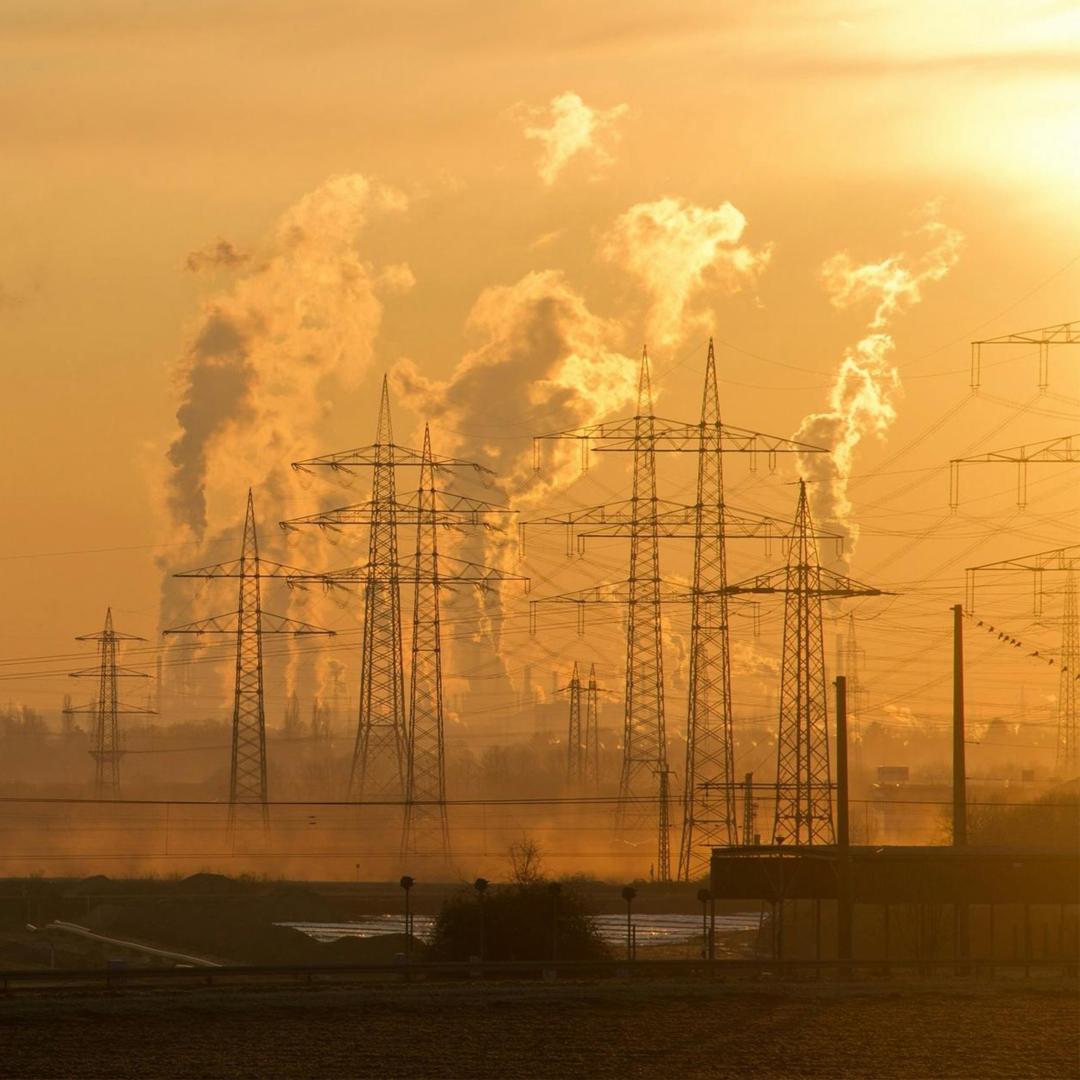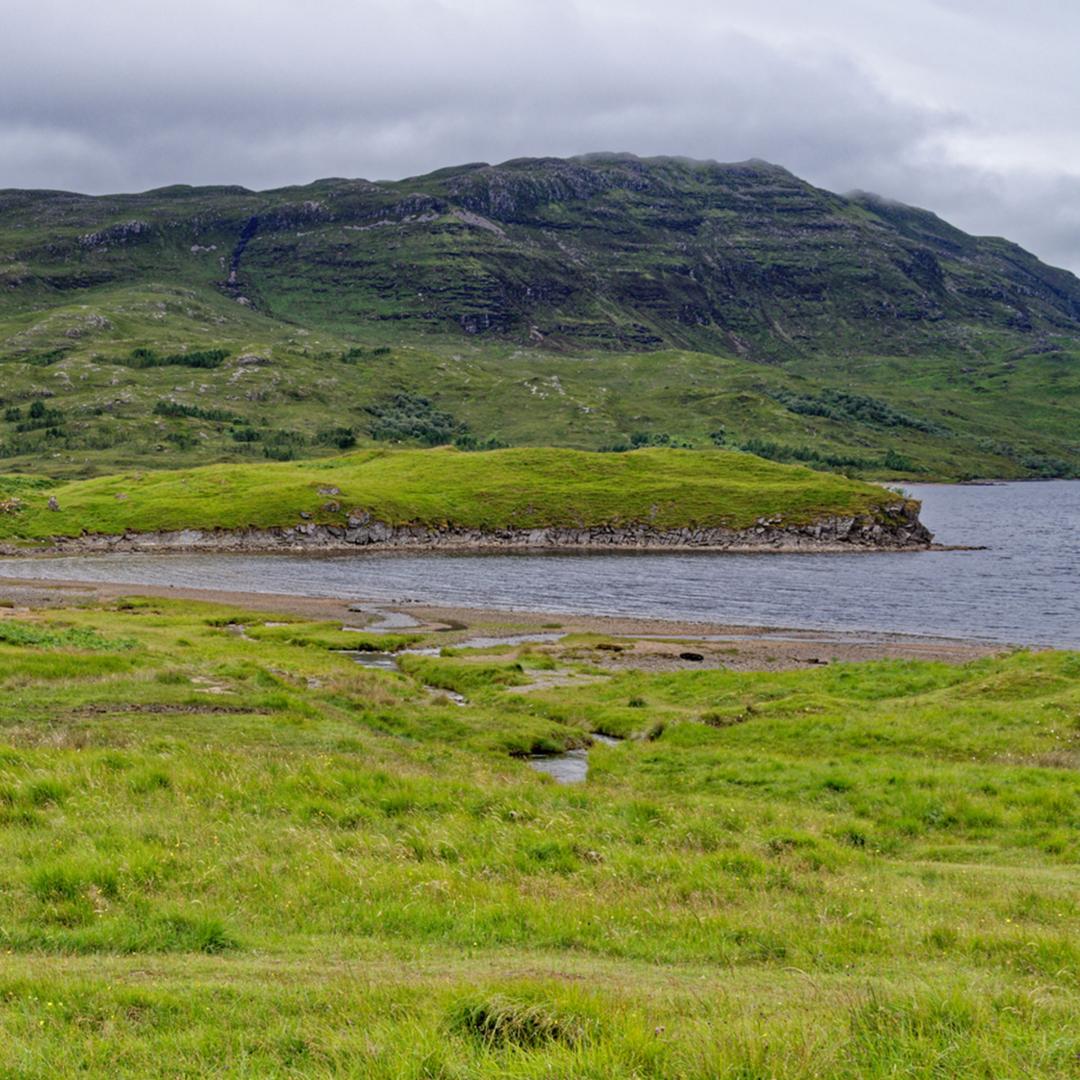Albright, R., Caldeira, L., Hosfelt, J., Kwiatkowski, L., Maclaren, J. K., Mason, B. M., ... & Caldeira, K. (2016). Reversal of ocean acidification enhances net coral reef calcification. Nature, 531(7594), 362-365. Link to source: https://doi.org/10.1038/nature17155
Bach, L. T. (2024). The additionality problem of ocean alkalinity enhancement. Biogeosciences, 21(1), 261-277. Link to source: https://doi.org/10.5194/bg-21-261-2024
Bach, L. T., Gill, S. J., Rickaby, R. E., Gore, S., & Renforth, P. (2019). CO2 removal with enhanced weathering and ocean alkalinity enhancement: potential risks and co-benefits for marine pelagic ecosystems. Frontiers in Climate, 1, 7. Link to source: https://doi.org/10.3389/fclim.2019.00007
Bertram, C., & Merk, C. (2020). Public perceptions of ocean-based carbon dioxide removal: the nature-engineering divide?. Frontiers in Climate, 2, 594194. Link to source: https://doi.org/10.3389/fclim.2020.594194
(carbon)plan. Introduction to Ocean Alkalinity Enhancement: Link to source: https://carbonplan.org/research/oae-efficiency-explainer
Carbon Herald. (2025, April 11). Planetary Technologies cancels its mCDR project in Cornwall. Link to source: https://carbonherald.com/planetary-technologies-cancels-its-mcdr-project-in-cornwall/
Doney, S. C., Wolfe, W. H., McKee, D. C., & Fuhrman, J. G. (2024). The science, engineering, and validation of marine carbon dioxide removal and storage. Annual Review of Marine Science, 17. Link to source: https://doi.org/10.1146/annurev-marine-040523-014702
Doney, S. C., Fabry, V. J., Feely, R. A., & Kleypas, J. A. (2009). Ocean acidification: the other CO2 problem. Annual Review of Marine Science, 1(1), 169-192. Link to source: https://doi.org/10.1146/annurev.marine.010908.163834
EGU Biogeosciences. Special Issue: Environmental impacts of ocean alkalinity enhancement. Link to source: https://bg.copernicus.org/articles/special_issue1246.html
Gattuso, J. P., Magnan, A. K., Bopp, L., Cheung, W. W., Duarte, C. M., Hinkel, J., ... & Rau, G. H. (2018). Ocean solutions to address climate change and its effects on marine ecosystems. Frontiers in Marine Science, 5, 337. Link to source: https://doi.org/10.3389/fmars.2018.00337
Oschlies, A., Stevenson, A., Bach, L. T., Fennel, K., Rickaby, R. E. M., Satterfield, T., Webb, R., and Gattuso, J.-P. (2023). Guide to Best Practices in Ocean Alkalinity Enhancement Research, Copernicus Publications, State of the Planet, 2-oae2023. Link to source: https://doi.org/10.5194/sp-2-oae2023
Hartmann, J., Suitner, N., Lim, C., Schneider, J., Marín-Samper, L., Arístegui, J., ... & Riebesell, U. (2022). Stability of alkalinity in ocean alkalinity enhancement (OAE) approaches–consequences for durability of CO 2 storage. Biogeosciences Discussions, 2022, 1-29. Link to source: https://doi.org/10.5194/bg-20-781-2023
Hartmann, J., West, A. J., Renforth, P., Köhler, P., De La Rocha, C. L., Wolf‐Gladrow, D. A., ... & Scheffran, J. (2013). Enhanced chemical weathering as a geoengineering strategy to reduce atmospheric carbon dioxide, supply nutrients, and mitigate ocean acidification. Reviews of Geophysics, 51(2), 113-149. Link to source: https://doi.org/10.1002/rog.20004
He, J., & Tyka, M. D. (2023). Limits and CO2 equilibration of near-coast alkalinity enhancement. Biogeosciences, 20(1), 27-43. Link to source: https://doi.org/10.5194/bg-20-27-2023
National Academies of Sciences, Engineering, and Medicine; Division on Earth and Life Studies; Ocean Studies Board; Committee on A Research Strategy for Ocean-based Carbon Dioxide Removal and Sequestration. A Research Strategy for Ocean-based Carbon Dioxide Removal and Sequestration. Washington (DC): National Academies Press (US); 2021 Dec 8. 7, Ocean Alkalinity Enhancement. Available from: Link to source: https://www.ncbi.nlm.nih.gov/books/NBK580052/
Ocean Visions: Link to source: https://oceanvisions.org/ocean-alkalinity-enhancement/
Palmiéri, J. and Yool, A., 2024. Global‐scale evaluation of coastal ocean alkalinity enhancement in a fully coupled Earth system model. Earth's Future, 12(3), p.e2023EF004018. Link to source: https://doi.org/10.1029/2023EF004018
Renforth, P., & Henderson, G. (2017). Assessing ocean alkalinity for carbon sequestration. Reviews of Geophysics, 55(3), 636-674. Link to source: https://doi.org/10.1002/2016RG000533
Satterfield, T., Nawaz, S., & Boettcher, M. (2023). Social considerations and best practices for engaging publics on ocean alkalinity enhancement. State of the Planet Discussions, 2023, 1-39. Link to source: https://doi.org/10.5194/sp-2-oae2023-11-2023
Webb, R. M., Silverman-Roati, K., & Gerrard, M. B. (2021). Removing Carbon Dioxide Through Ocean Alkalinity Enhancement: Legal Challenges and Opportunities. Available at: Link to source: https://scholarship.law.columbia.edu/faculty_scholarship/2981
Zhuang, W., Zhu, T., Li, F., Queiroz, H. M., Yan, Q., Zhao, X., & Liu, J. (2025). Potential Environmental Impacts and Management Strategies for Metal Release during Ocean Alkalinity Enhancement Using Olivine. Environmental Science & Technology, 59(2), 1091-1099. Link to source: https://doi.org/10.1021/acs.est.4c10705
Zhou, M., Tyka, M. D., Ho, D. T., Yankovsky, E., Bachman, S., Nicholas, T., ... & Long, M. C. (2024). Mapping the global variation in the efficiency of ocean alkalinity enhancement for carbon dioxide removal. Nature Climate Change, 15(1), 59-65. Link to source: https://doi.org/10.1038/s41558-024-02179-9









